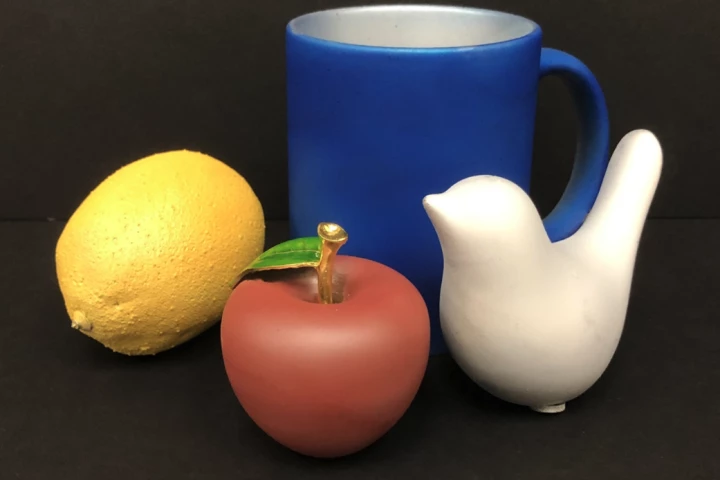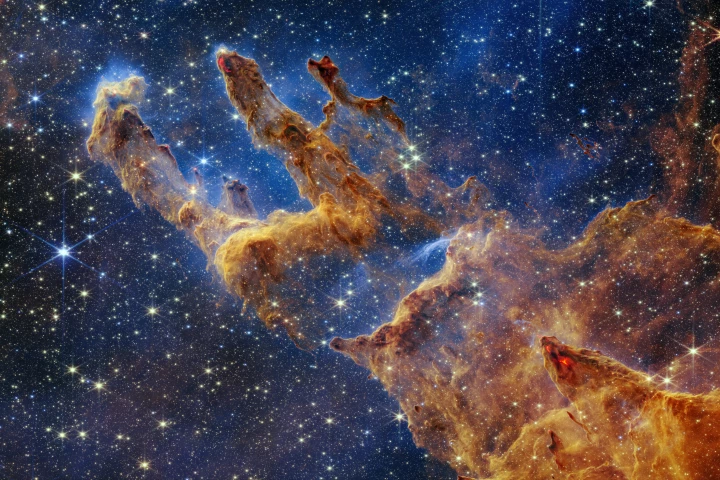Infrared
-
When Captain Kirk stepped out with a tricorder in hand in Star Trek in 1966, the data sensing, scanning and analyzing gadget seemed a rather useful but far-in-the-future piece of technology. With the Swift Ray 1, we're a step closer to its reality.
-
QR codes are everywhere nowadays, but they don’t have to be. MIT scientists have developed an invisible tagging system called BrightMarker, which embeds fluorescent tags into objects that can be viewed and tracked through an infrared camera.
-
Heating and cooling account for huge portions of our energy consumption. Now scientists at Stanford have created a new type of paint that passively blocks heat from entering or escaping, and can be made in a range of colors.
-
Astronomers have witnessed an apocalypse from across the galaxy, as a planet crashed into its star. It’s an event long assumed to happen in many star systems – including our own someday – but this is the first time it’s ever been seen directly.
-
Astronomers have detected a supermassive black hole ripping a passing star to shreds. Not only was this closer to Earth than ever seen before, but its location and light emissions were unusual, hinting at a large unseen population of these events.
-
Unlike the stuff underneath your TV cabinet, interstellar dust plays a major part in the total luminosity of the galaxy. Scientists have used long-term observational data to see how interstellar dust correlates with a star’s brightness.
-
Pediatric researchers have developed a technique that sees tumor-seeking probes attach to cancer cells and emit fluorescence under short-wave infrared light, opening the door for much better surgery and outcomes for kids with neuroblastoma
-
Astronomers have discovered a bizarre star system containing two ultra-cool dwarf stars that are so close together they orbit each other in less than a day. Oh, and they’re invisible to the human eye.
-
In 2022, decades of work finally came to fruition as the James Webb Space Telescope focused its powerful eyes on the universe. From distant galaxies to our nearby neighbors, let’s look back at some of the most impressive images captured so far.
-
While it's very important to track malaria infections in at-risk populations, drawing and analyzing blood samples can be problematic. A new device is designed to help, as it uses light to detect the disease within a matter of seconds.
-
Canada's this.is.Noise has launched an interesting MIDI controller on Indiegogo called the MIDI Blaster, which brings a new level of gesture control to music creation while also adding a visual element.
-
The James Webb Space Telescope has snapped some incredible images in its short career, but this new one is a doozy. The spacecraft has now taken images of the iconic Pillars of Creation, revealing new details and giving a peek behind the cloudy curtain.
Load More











